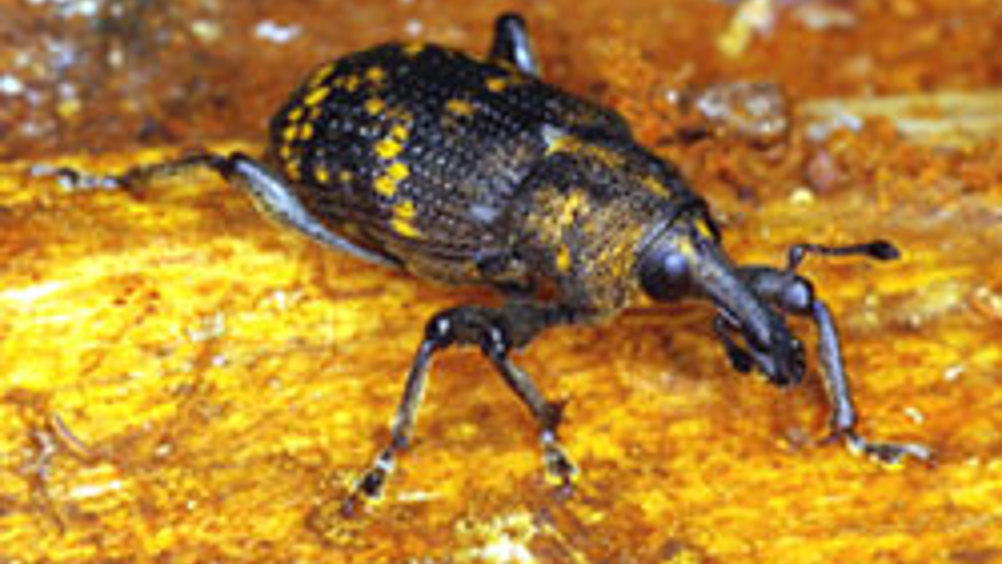Detecting alien invaders
Researchers at York University have developed a system that uses computational bioacoustics to detect alien invasive insect species.

Globalisation of trade is increasing the incidence of invasive pests (such as the Asian Longhorn Beetle) in the UK, and in other countries around the world, often causing significant economic damage.
To monitor these invasive insect species, Dr David Chesmore, a senior lecturer in the Department of Electronics at York University, is developing a system using computational bioacoustics.
Computational bioacoustics works by sensing sounds which are captured using microphones (including ultrasound for bat identification), hydrophones for underwater use, and vibration analysis to identify insects. The results are analysed by computer. The aim is to get a unique ‘fingerprint’ for each sound to allow for identification of a species.
The range of animals that can be analysed using the technique is wide, and includes bats, insects, cetaceans (such as whales, dolphins), amphibians, mammals, birds and aquatic mammals.
One of the aims of Dr Chesmore’s project is to develop a hand-held instrument for use on imported goods. The hand-held device will use vibration sensors to detect the larvae of invasive insects which may enter the country undetected in imported products.
Register now to continue reading
Thanks for visiting The Engineer. You’ve now reached your monthly limit of news stories. Register for free to unlock unlimited access to all of our news coverage, as well as premium content including opinion, in-depth features and special reports.
Benefits of registering
-
In-depth insights and coverage of key emerging trends
-
Unrestricted access to special reports throughout the year
-
Daily technology news delivered straight to your inbox










Breaking the 15MW Barrier with Next-Gen Wind Turbines
Hi Martin, I don´t have any detailed parameters for the 15MW design other than my reading of the comment in the report ´aerodynamic loads at blade-tip...